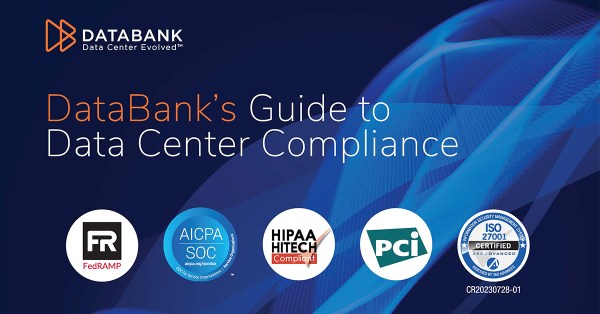For many businesses, achieving and maintaining ISO 27001 compliance is a key business objective. With that in mind, here is a quick overview of what you need to know about the process.
Key components of ISO 27001 compliance
There are 14 key components of ISO 27001 compliance. These are as follows.
- Information security policy
- Organization of information security
- Compliance with legal requirements and industry standards
- Risk assessment and treatment
- Asset management
- Access control
- Cryptography
- Physical security
- Operations security
- Communications security
- System acquisition, development, and maintenance
- Supplier relationships
- Information quality management
- Risk monitoring and review
These components are generally implemented in phases. Each phase is dedicated to one component. Technically, organizations are free to implement the phases in any order they wish. Practically, it generally makes sense to start with the high-level requirements and then work down to the more detailed ones.
For example, starting with the creation of an information security policy means that there is a reference point for future phases. If this reference point becomes a sticking point, then there is an issue that needs to be addressed. You can therefore pause the later phase while you review the earlier one.
Steps to achieve ISO 27001 compliance
The process of achieving ISO compliance can generally be broken down into five main steps. Here is an overview of them.
Initiating the ISO 27001 compliance journey: This initial phase involves creating awareness about the importance of information security, identifying stakeholders, and allocating necessary resources. Establishing a strong foundation and leadership commitment at the outset is crucial for the successful implementation of ISO 27001 and sets the tone for a comprehensive and effective information security management system (ISMS).
Building an ISO 27001-compliant ISMS: The ISMS serves as the foundation for managing information security risks and implementing controls effectively. This phase involves creating a structured framework that addresses the confidentiality, integrity, and availability of information assets. The organization must define comprehensive policies, clearly outline roles and responsibilities, and establish processes that align with ISO 27001 standards.
Identifying and assessing information security risks: This phase involves evaluating the impact of identified risks on information security and prioritizing them based on their significance. By systematically analyzing risks, organizations gain insights into areas that require focused attention and mitigation strategies. This risk-based approach ensures that resources are allocated efficiently to address the most critical threats.
Implementing ISO 27001-compliant processes and controls: Organizations must adhere to ISO 27001 requirements by deploying a range of security controls and processes. These encompass access controls, cryptography, physical security, and various measures designed to safeguard information assets. The implementation phase involves translating the standard’s guidelines into practical, operational strategies that align with the organization’s specific needs.
Undergoing certification: Accredited certification bodies rigorously evaluate whether the ISMS aligns with ISO 27001 standards and is effectively implemented. Achieving certification from these bodies signifies to stakeholders and clients that the organization has established and maintained a robust system for managing information security in accordance with international standards. This external validation enhances credibility and demonstrates a commitment to safeguarding sensitive data.
Maintaining ISO 27001 compliance
Achieving ISO compliance is just the first step. Once it has been achieved, you need to ensure that it is maintained. This is done through a combination of continuous monitoring and regular compliance assessments.
Continuous monitoring: Establishing a robust continuous monitoring system is essential for ensuring the ongoing effectiveness of an ISO 27001-compliant ISMS. This involves employing a combination of automated tools and manual processes to track security controls, network activities, and potential vulnerabilities in real time. Continuous monitoring enables organizations to promptly detect and respond to security incidents, minimizing the impact of potential threats.
Regular compliance assessments: Conducting periodic compliance assessments is crucial for verifying that the ISMS aligns with ISO 27001 requirements. These assessments involve thorough evaluations of implemented security controls, identification of vulnerabilities, and validation of adherence to established policies and procedures. Regular assessments provide insights into the overall health of the information security framework.
Implementing continuous monitoring and regular compliance assessments achieves three important goals.
Identification of improvement opportunities: Organizations can pinpoint weaknesses in security measures, update policies, and enhance control mechanisms to address evolving threats and challenges. This proactive approach ensures that the ISMS remains resilient and effective.
Adaptation to evolving risks: Continuous monitoring allows for real-time insights into changing threat landscapes, enabling organizations to adjust their security strategies promptly. This adaptability ensures that the ISMS remains robust in the face of evolving risks.
Resilience against business changes: Organizations undergo transformations, often due to technological advancements. There can also be external changes that impact their overall structure. Continuous monitoring and compliance assessments provide a mechanism for evaluating how well the ISMS aligns with the organization’s current state.







